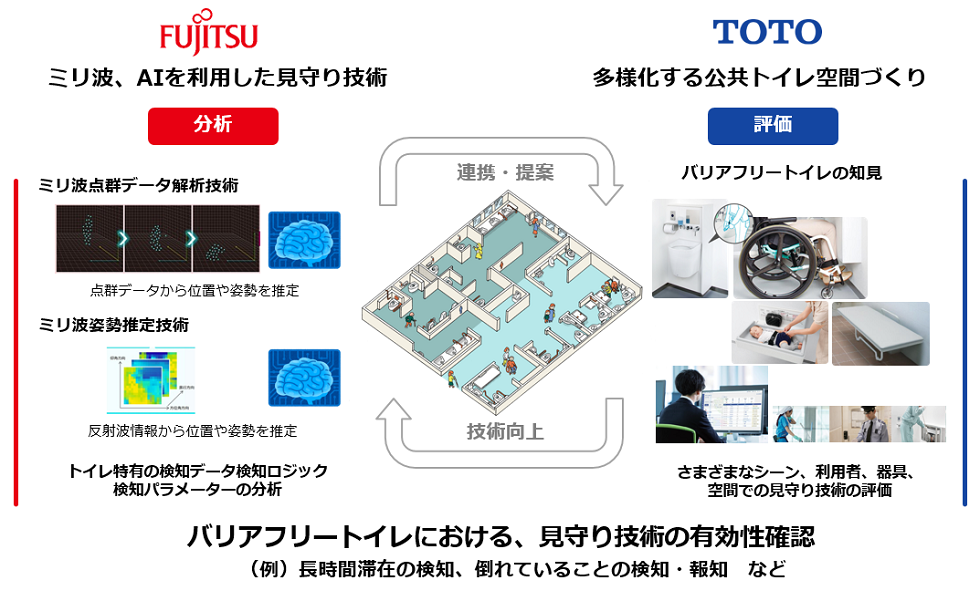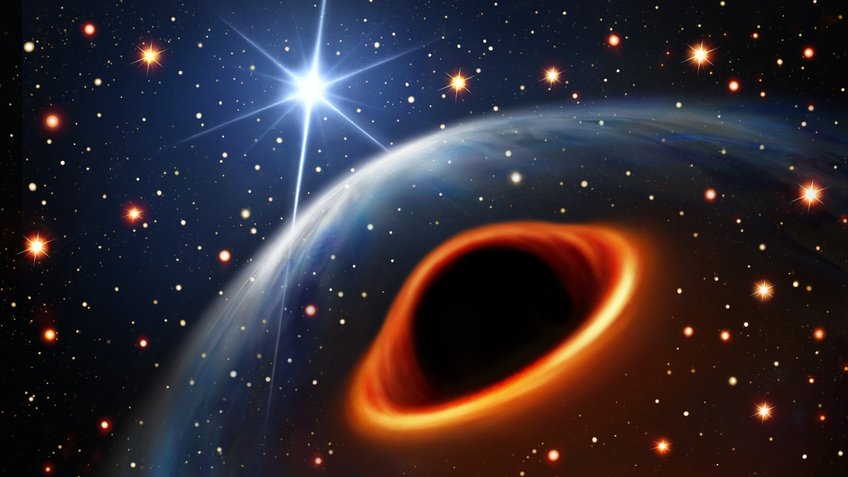2024-01-17 カーディフ大学
◆これにより、全球的な鉱塵排出量が従来の推定よりも少ないことが明らかになり、鉱塵の特性や影響を正確に理解するためにモデルの誤差を修正する必要性が強調されました。
<関連情報>
- https://www.cardiff.ac.uk/news/view/2788903-climate-and-health-impacts-of-dust-inaccurately-represented,-study-finds
- https://agupubs.onlinelibrary.wiley.com/doi/10.1029/2023JD038584
- https://www.sciencedirect.com/science/article/pii/S0048969723020715?via%3Dihub
粉塵排出モデリングの隠れた弱点と永続的な弱点を明らかにする Elucidating Hidden and Enduring Weaknesses in Dust Emission Modeling
Adrian Chappell, Nicholas P. Webb, Mark Hennen, Charles S. Zender, Philippe Ciais, Kerstin Schepanski, Brandon L. Edwards, Nancy P. Ziegler, Yves Balkanski, Daniel Tong, John F. Leys …
Journal of Geophysical Research: Atmospheres Published: 29 August 2023
DOI:https://doi.org/10.1029/2023JD038584

Abstract
Large-scale classical dust cycle models, developed more than two decades ago, assume for simplicity that the Earth’s land surface is devoid of vegetation, reduce dust emission estimates using a vegetation cover complement, and calibrate estimates to observed atmospheric dust optical depth (DOD). Consequently, these models are expected to be valid for use with dust-climate projections in Earth System Models. We reveal little spatial relation between DOD frequency and satellite observed dust emission from point sources (DPS) and a difference of up to 2 orders of magnitude. We compared DPS data to an exemplar traditional dust emission model (TEM) and the albedo-based dust emission model (AEM) which represents aerodynamic roughness over space and time. Both models overestimated dust emission probability but showed strong spatial relations to DPS, suitable for calibration. Relative to the AEM calibrated to the DPS, the TEM overestimated large dust emission over vast vegetated areas and produced considerable false change in dust emission. It is difficult to avoid the conclusion that calibrating dust cycle models to DOD has hidden for more than two decades, these TEM modeling weaknesses. The AEM overcomes these weaknesses without using masks or vegetation cover data. Considerable potential therefore exists for ESMs driven by prognostic albedo, to reveal new insights of aerosol effects on, and responses to, contemporary and environmental change projections.
Key Points
- Tuning dust models to dust optical depth (DOD) hides dust emission model weaknesses including overestimates and false change in vegetated areas
- New shadow-shelter model calibrated to observed dust emission circumvents unrealistic model assumptions
- Two orders of magnitude difference between DOD and observed dust emission without significant relation
Plain Language Summary
Mineral dust influences Earth’s systems, and understanding its impacts relies on numerical models which include large uncertainties. We compared measurements of dust optical depth (DOD) frequency of occurrence (probability) and satellite observed dust emission frequency from point sources (DPS) across North America. We found up to 2 orders of magnitude difference between DOD probability and DPS probability. Compared with DPS probability, we found an exemplar traditional dust emission model (TEM) and the albedo-based dust emission model (AEM) both overestimated dust emission probability by up to 1 order of magnitude with statistically significant relations, suitable for calibration. Relative to the AEM calibrated to DPS, the exemplar TEM overestimated large dust emission over vast vegetated areas and produced considerable false change in dust emission. Tuning dust cycle models to DOD has very likely hidden, for more than two decades, these TEM weaknesses with implications for our understanding of Earth’s systems. Considerable potential exists for new insights of dust-climate in Earth System Models by using AEM with prognostic albedo.
人工衛星が明らかにする、季節ごとに移り変わる地球のダスト放出源 Satellites reveal Earth’s seasonally shifting dust emission sources
Adrian Chappell, Nicholas P. Webb, Mark Hennen, Kerstin Schepanski, Philippe Ciais, Yves Balkanski, Charles S. Zender, Ina Tegen, Zhenzhong Zeng, Daniel Tong, Barry Baker, Marie Ekström, Matthew Baddock, Frank D. Eckardt, Tarek Kandakji, Jeffrey A. Lee, Mohamad Nobakht, Johanna von Holdt, John F. Leys
Science of The Total Environment Available online:23 April 2023
DOI:https://doi.org/10.1016/j.scitotenv.2023.163452
Highlights
•Satellite-observed dust emissions (DPS) show little relation with dust optical depth.
•Albedo-based dust emission model is calibrated and validated against global DPS data.
•Global dust emissions shift seasonally within and between hemispheres.
•Not persistent North African dust emission primacy interpreted from atmospheric dust.
•Far-reaching implications for current and future dust-climate effects
Abstract
Establishing mineral dust impacts on Earth’s systems requires numerical models of the dust cycle. Differences between dust optical depth (DOD) measurements and modelling the cycle of dust emission, atmospheric transport, and deposition of dust indicate large model uncertainty due partially to unrealistic model assumptions about dust emission frequency. Calibrating dust cycle models to DOD measurements typically in North Africa, are routinely used to reduce dust model magnitude. This calibration forces modelled dust emissions to match atmospheric DOD but may hide the correct magnitude and frequency of dust emission events at source, compensating biases in other modelled processes of the dust cycle. Therefore, it is essential to improve physically based dust emission modules.
Here we use a global collation of satellite observations from previous studies of dust emission point source (DPS) dichotomous frequency data. We show that these DPS data have little-to-no relation with MODIS DOD frequency. We calibrate the albedo-based dust emission model using the frequency distribution of those DPS data. The global dust emission uncertainty constrained by DPS data (±3.8 kg m−2 y−1) provides a benchmark for dust emission model development. Our calibrated model results reveal much less global dust emission (29.1 ± 14.9 Tg y−1) than previous estimates, and show seasonally shifting dust emission predominance within and between hemispheres, as opposed to a persistent North African dust emission primacy widely interpreted from DOD measurements.
Earth’s largest dust emissions, proceed seasonally from East Asian deserts in boreal spring, to Middle Eastern and North African deserts in boreal summer and then Australian shrublands in boreal autumn-winter. This new analysis of dust emissions, from global sources of varying geochemical properties, have far-reaching implications for current and future dust-climate effects. For more reliable coupled representation of dust-climate projections, our findings suggest the need to re-evaluate dust cycle modelling and benefit from the albedo-based parameterisation.
Graphical abstract
Mean annual (2001-2020) dust (PM10) emission (kg m-2 y-1) from the MODIS albedo-based model (AEM) calibrated to dust emission point sources (Fcal; A, B, C & D), showing dust sources shifting between hemispheres and seasonally for December-February (DJF), March-May (MAM), June-August (JJA) and September-November (SON). The AEM is driven by ERA5-Land reanalysis wind fields and soil moisture, and SoilGrids clay content. Note the use of a logarithmic colour ramp to show the wide range of dust emission (not dust in the atmosphere) consistent with our uncertainty estimate of ±0.58(log10) kg m-2 y-1
.



